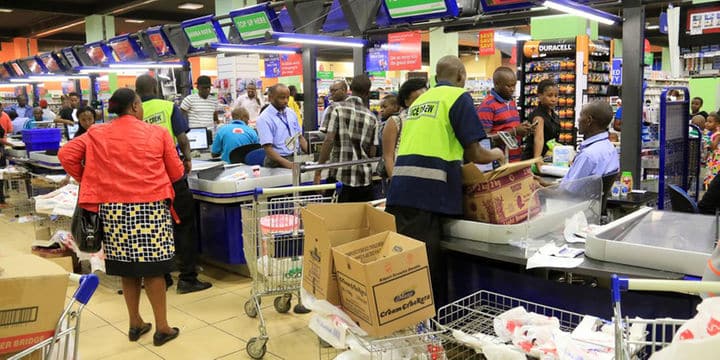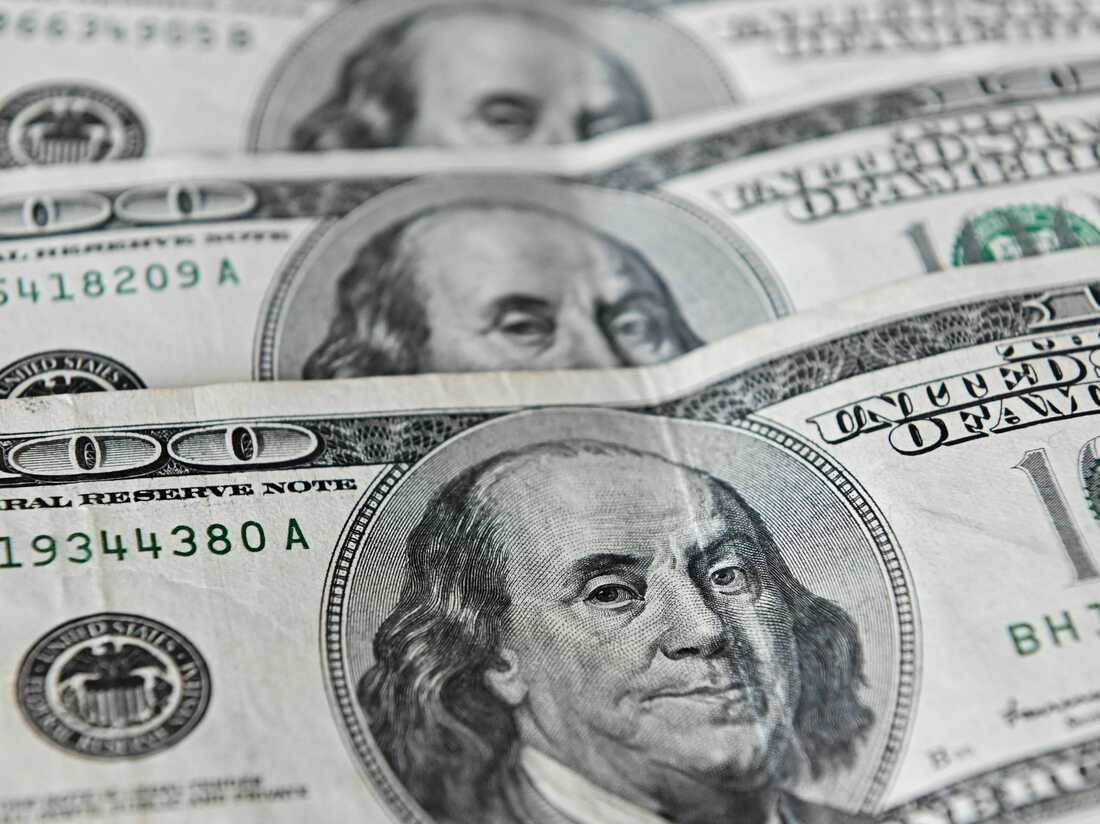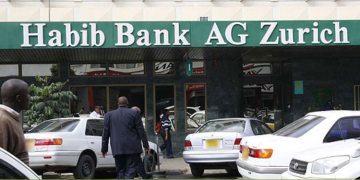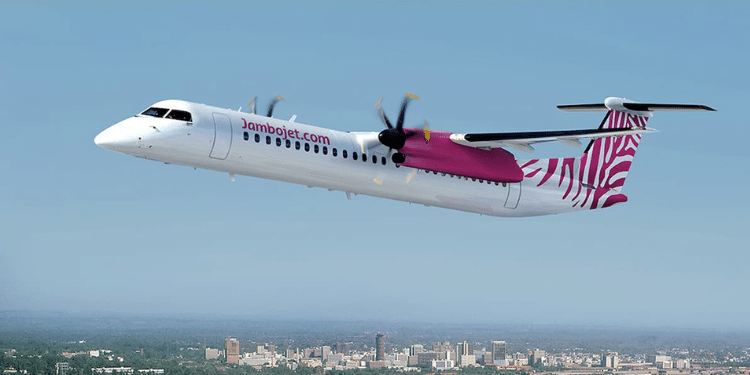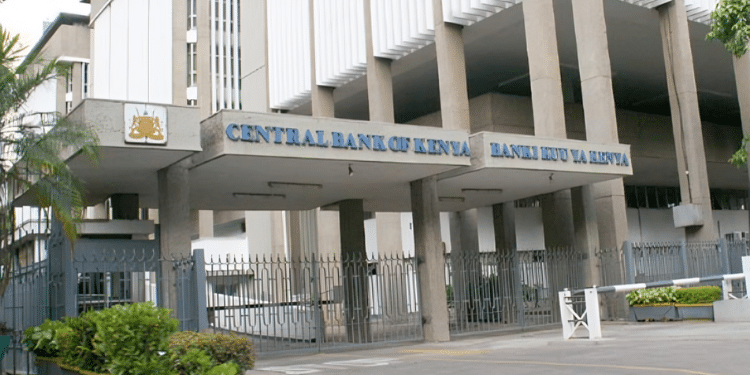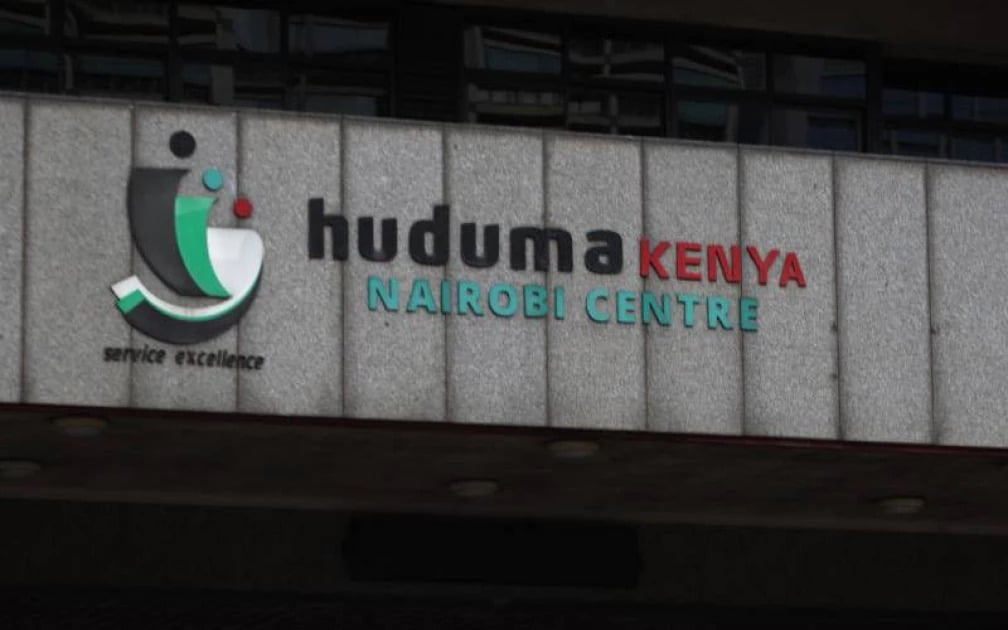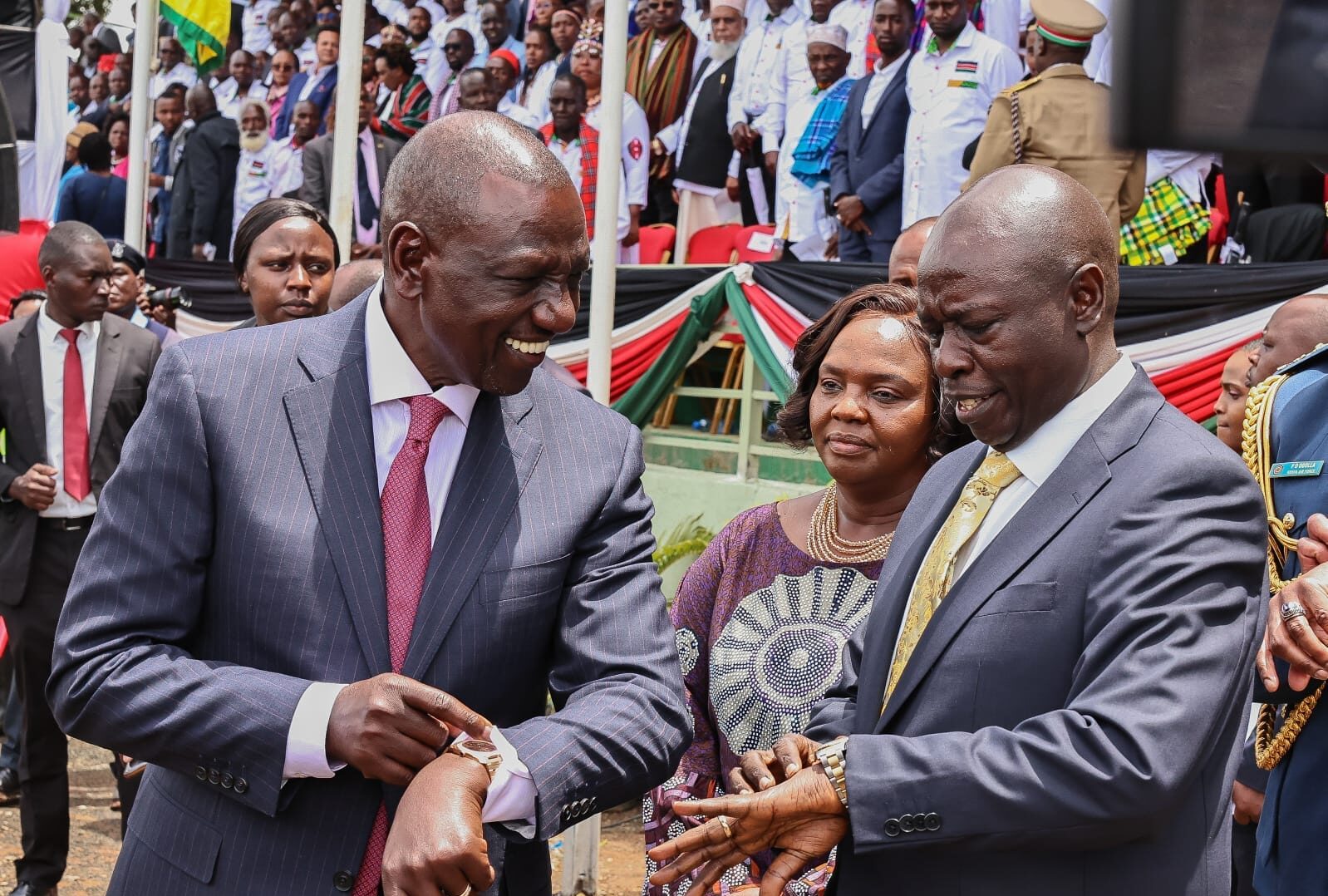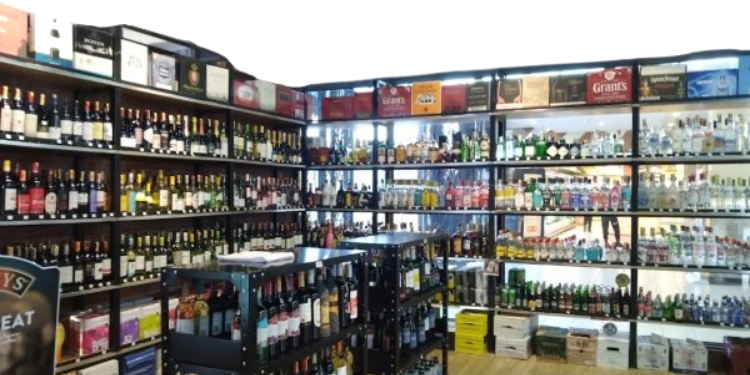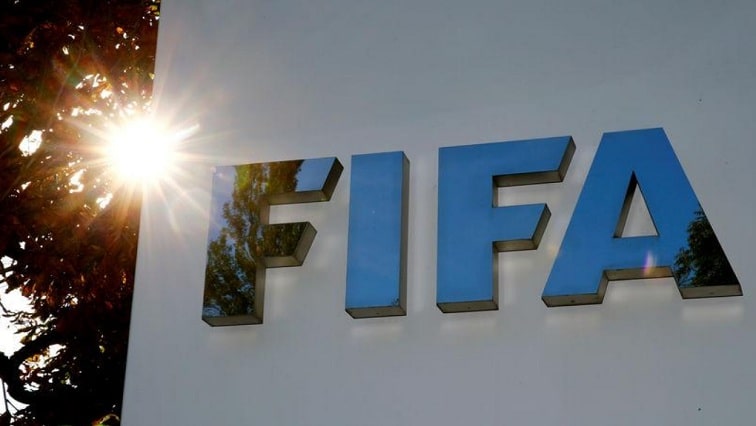Kenya’s year-on-year inflation rate for February 2025 stood at 3.5%, a significant drop from 6.3% in February 2024.
This indicates that retail prices increased at a slower rate of 3.5% compared to the previous year.
The highest decline in average retail prices was in kerosene/paraffin per litre, while the highest increase was in the cost of hiring tents.
Generally, there was a decline in prices of common user goods and services including electricity, diesel, petrol, milk, sugar, maize grain, maize flour and wheat flour.
Commodities Whose Prices Dropped Within a Year
For instance, the price of 1 kg of loose maize grain dropped by 8.7%, from Ksh 68.67 to Ksh 62.68, while the price of 1 kg of loose maize flour fell by 5.7%, from Ksh 74.11 to Ksh 69.92.
Similarly, the cost of a 2 kg packet of fortified maize flour saw a decline of 7.2%, dropping from Ksh 172.75 to Ksh 160.33.
The price of 2 kg of sifted maize flour also decreased by 7.4%, from Ksh 154.54 to Ksh 143.10. On the other hand, the price of a 2 kg of white wheat flour packet saw a significant reduction of 17.5%, from Ksh 200.41 to Ksh 165.29.
Meanwhile, the cost of a 400-gram loaf of white bread remained almost unchanged, with a slight drop of 0.4%, from Ksh 66.58 to Ksh 66.35.
Also Read: Mbadi Lists Programs to Continue Receiving US Funding After Trump’s Order
Other items that experienced price reductions included 1 kg of sugar, which decreased by 16.8%, from Ksh 200.01 to Ksh 166.45, and 500 ml of fresh packeted cow milk, which fell by 0.9%, from Ksh 57.31 to Ksh 56.79.
Energy-related products also saw considerable price changes. The price of 1 litre of kerosene/paraffin dropped by 21.5%, from Ksh 193.96 to Ksh 152.18.
Additionally, the prices of 1 litre of petrol and diesel reduced by 14.4% and 14.5%, respectively, from Ksh 206.97 to Ksh 177.25 for petrol, and from Ksh 196.21 to Ksh 167.84 for diesel.
Electricity costs also declined, with the price of 200 KWh of electricity dropping by 16.6%, from Ksh 6,753.47 to Ksh 5,634.92, and the price of 50 KWh reducing by 10.7%, from Ksh 1,406.00 to Ksh 1,255.06.
However, the price of one litre of edible oil increased by 5.0 per cent from Ksh 333.31 in February 2024 to Ksh 350.10 in February 2025.

Why Kenya’s Year-on-Year Inflation Dropped to 3.5%
The National Treasury said the decline in prices reflects the effect of various government policy measures and interventions, including prudent monetary policy.
The Central Bank of Kenya (CBK) has gradually eased monetary policy by lowering the Central Bank Rate (CBR) from 13% in August 2024 to 11.25% in December 2024, and further down to 10.75% in February 2025.
The government also provided production subsidies, particularly for fertilizer and seeds, which have led to improved agricultural output and food supply, ultimately driving down food prices.
Also Read: List of Commodities Whose Prices Dropped, Increased in February
Additionally, interventions that have yielded benefits in the energy sector include the stabilization of the Kenyan shilling against the US dollar.
This has contributed to the lower landing cost of petroleum products, along with global trends in crude oil prices and lower pass-through costs to consumer electricity tariffs, including fuel and forex adjustment costs.
According to the National Treasury, other measures included providing access to credit and funding, such as the Hustler Fund, which has empowered Kenyans by lending a total of Ksh 60 billion.
This, Treasury adds, has liberated millions from predatory lenders and precarious financial situations, enabling them to meet their needs, fund their hustles, and build their credit scores.
Furthermore, the government expanded cash transfer programs under the Inua Jamii initiative, supporting orphans, vulnerable children, older persons, persons living with disabilities, and hunger safety-net programs.
Follow our WhatsApp Channel and join our WhatsApp Group for real-time news updates.







